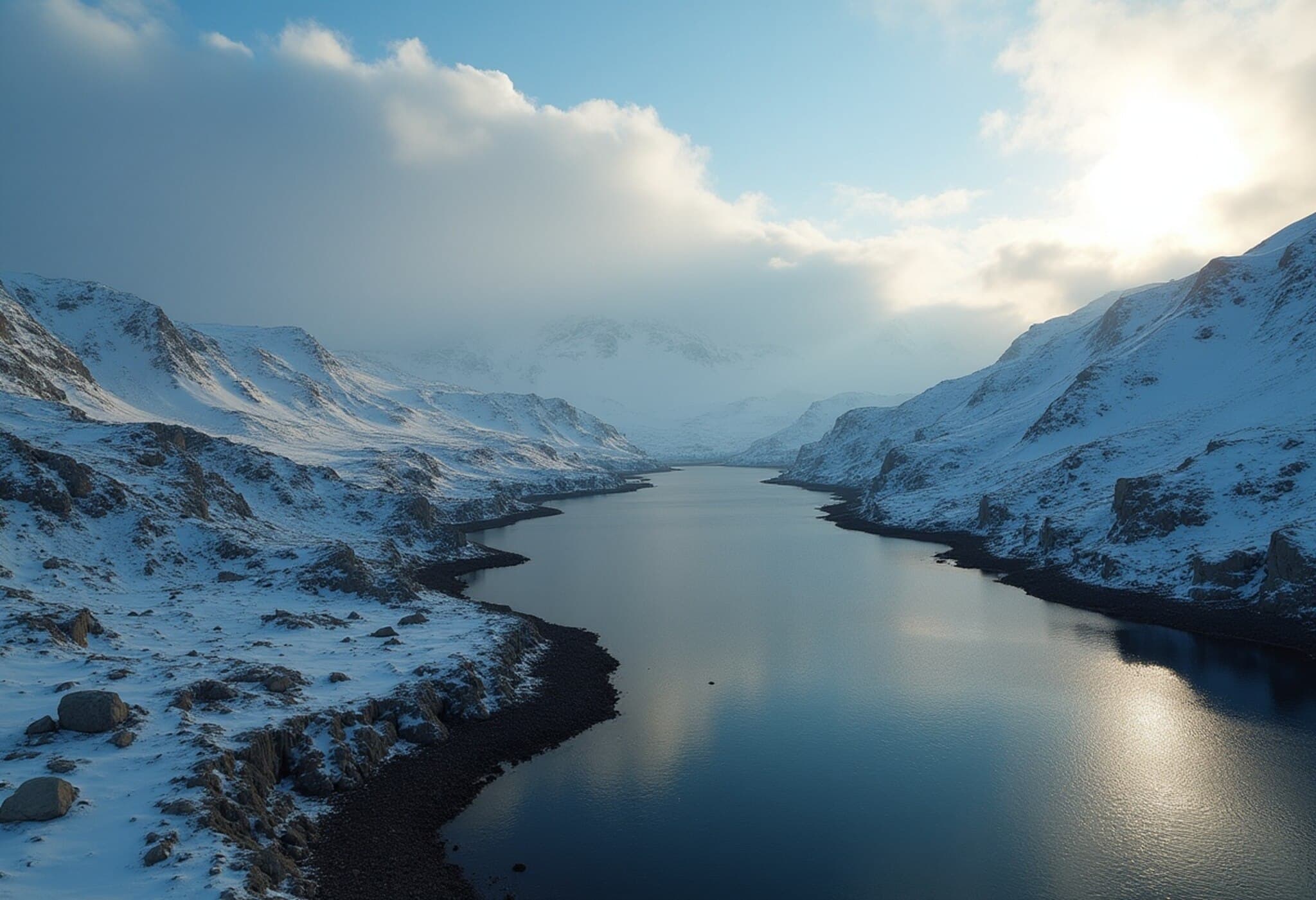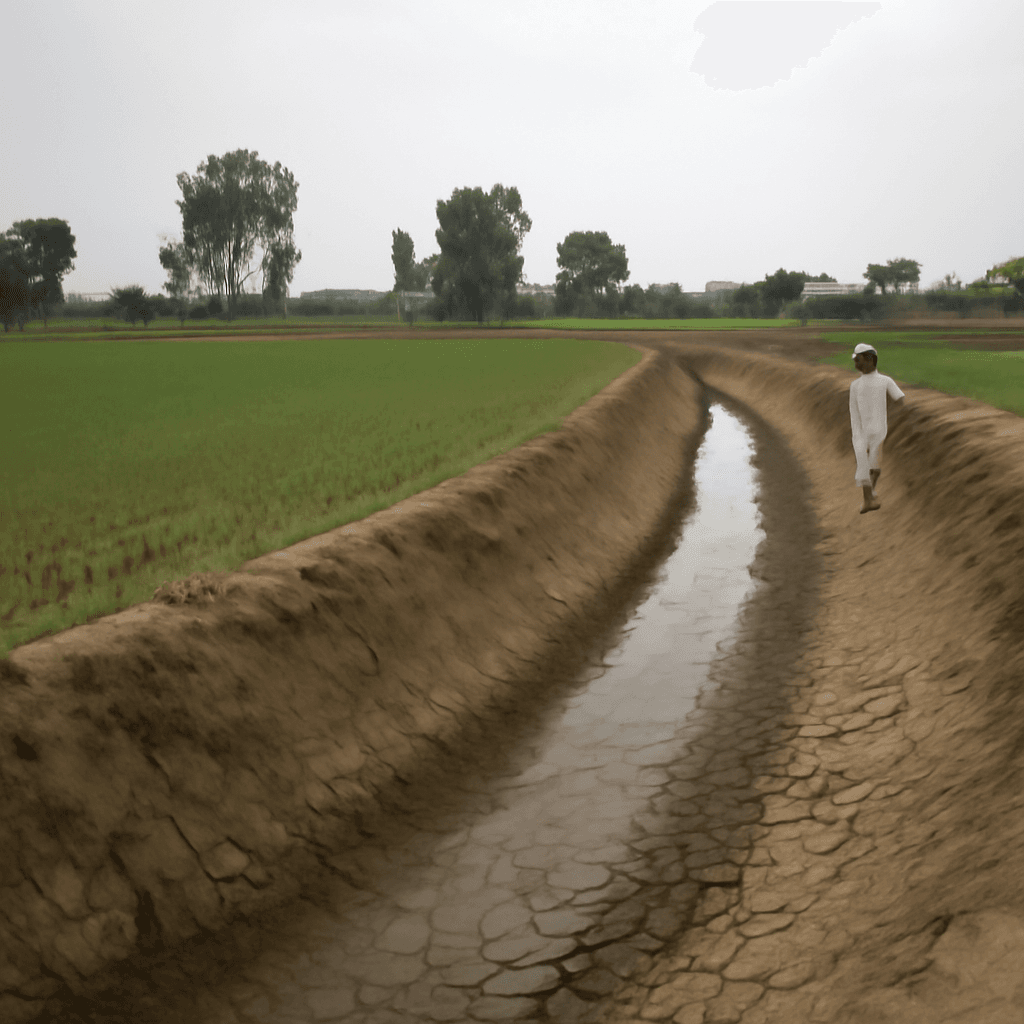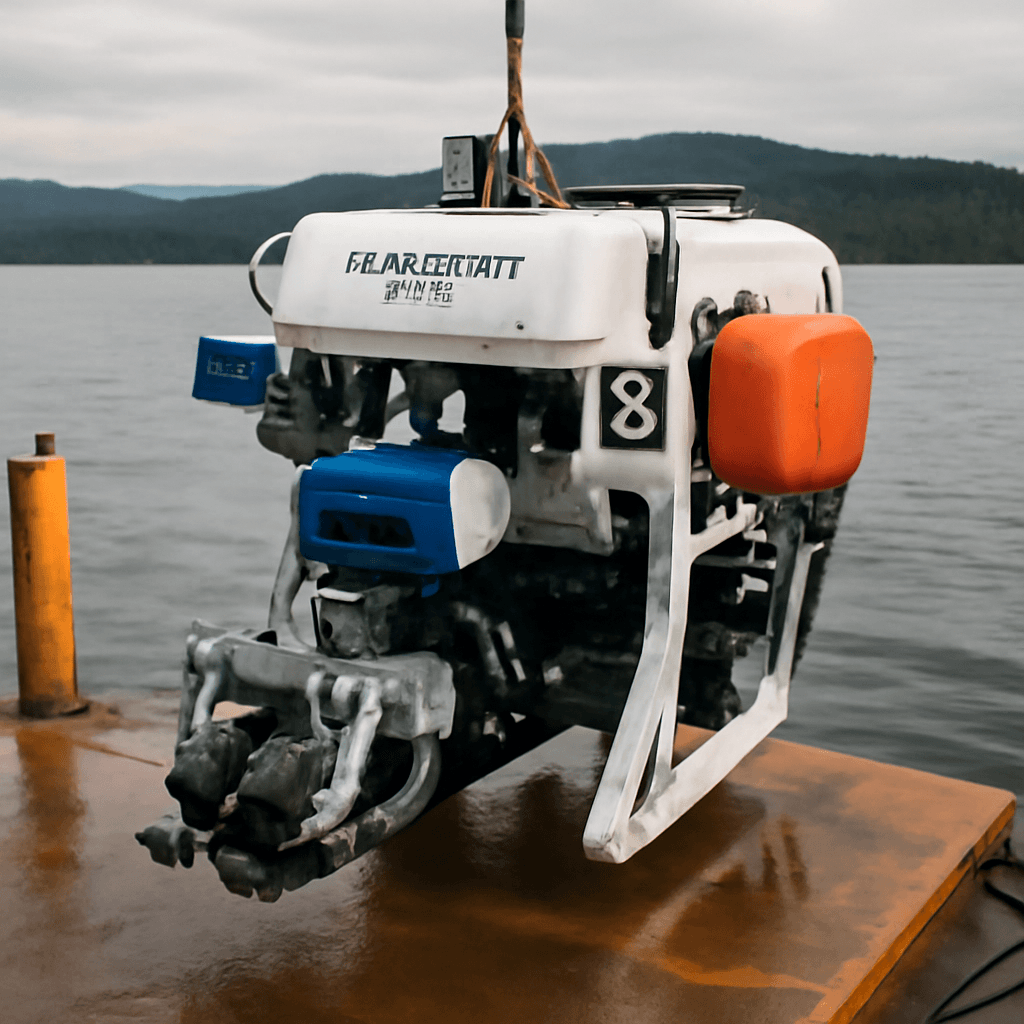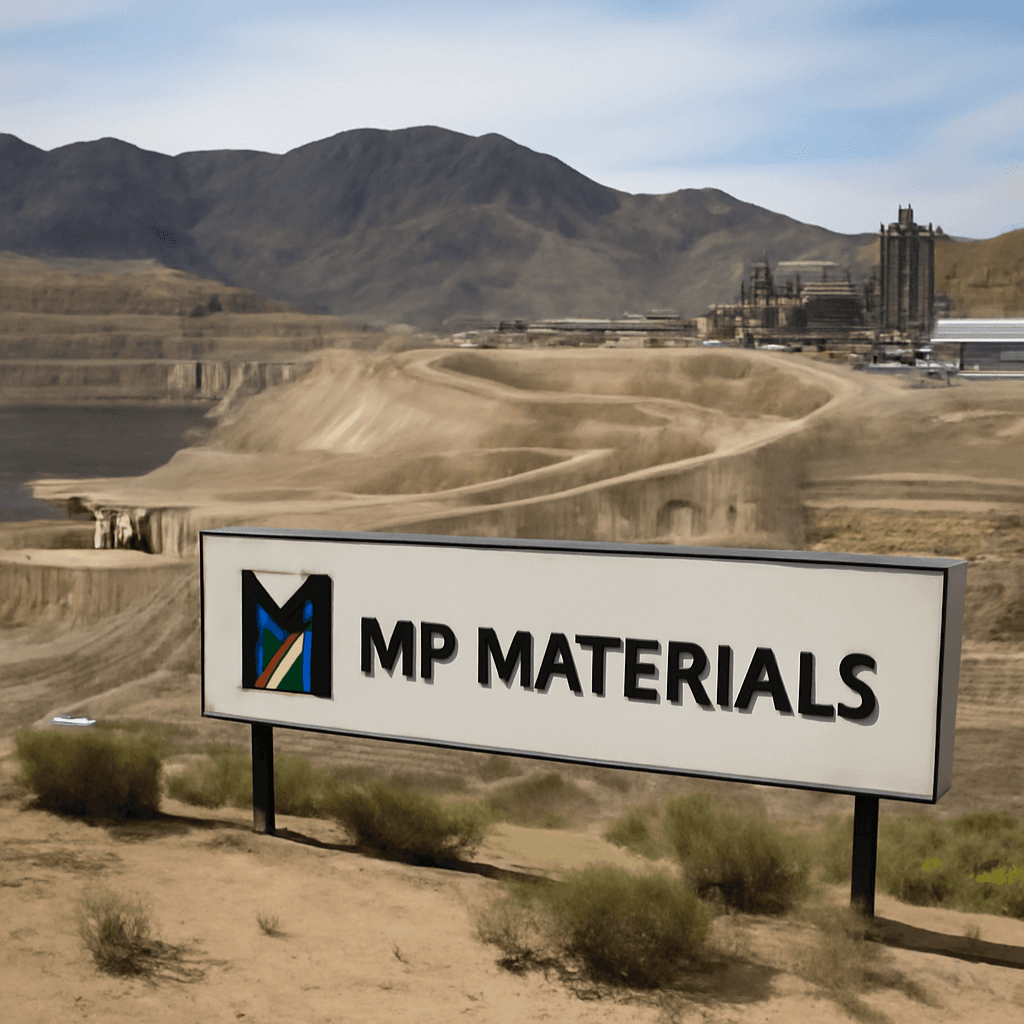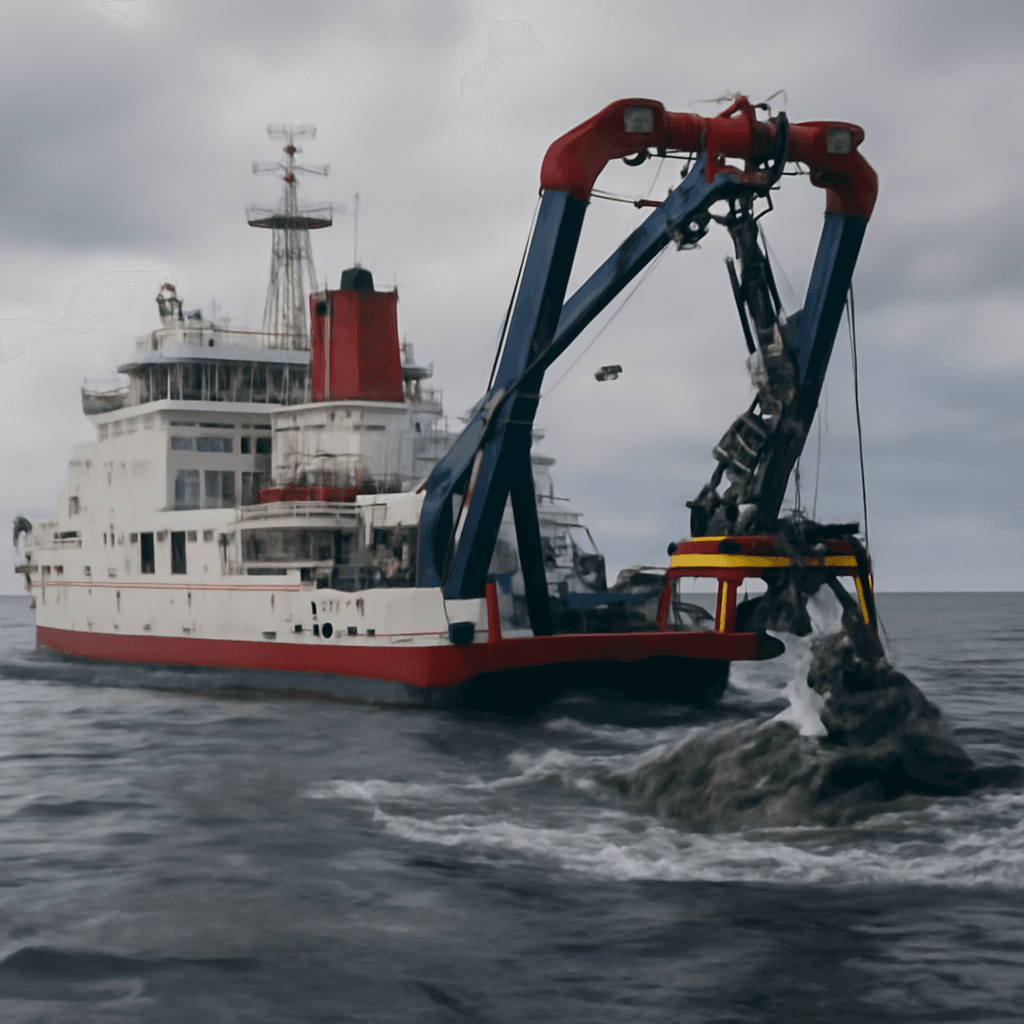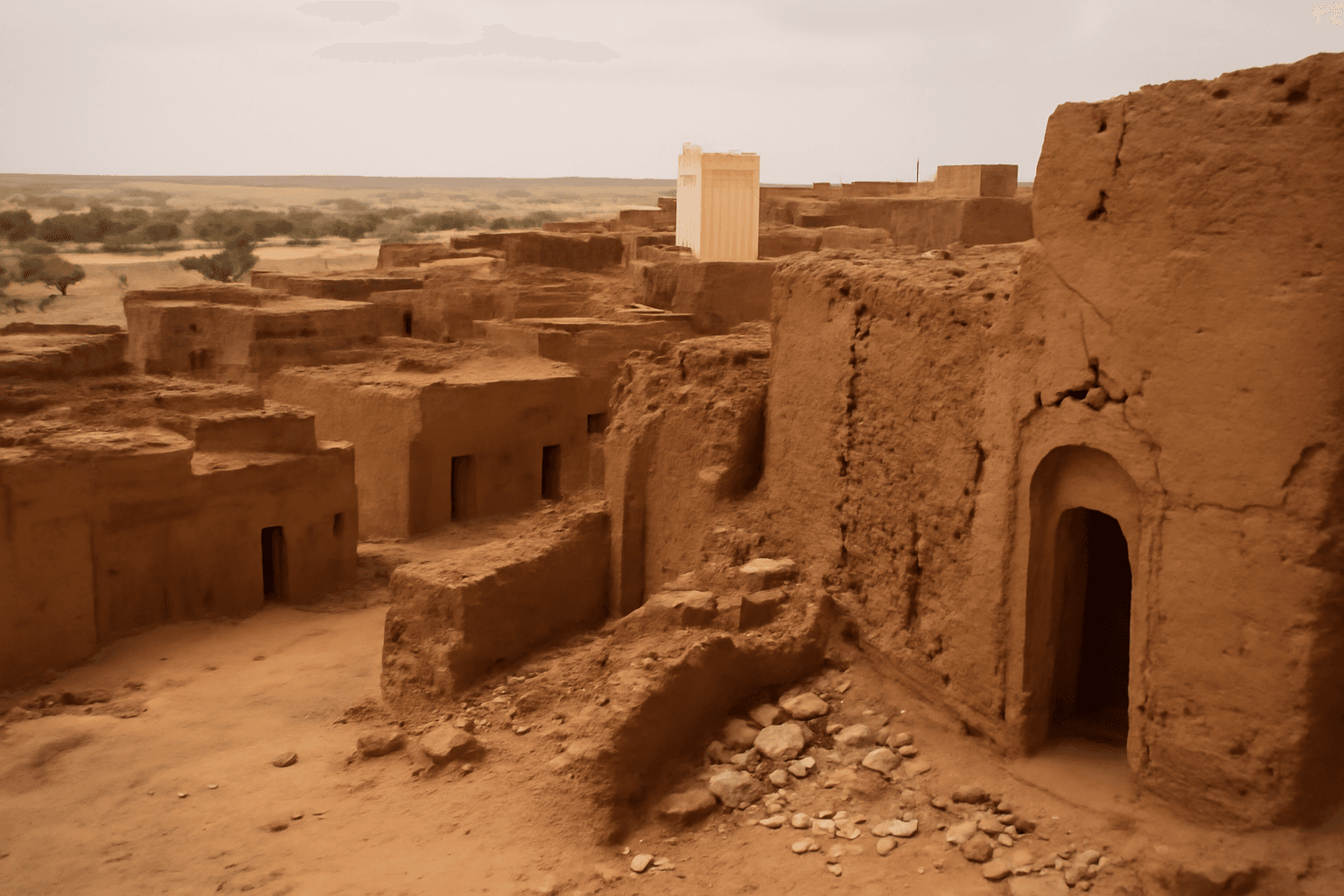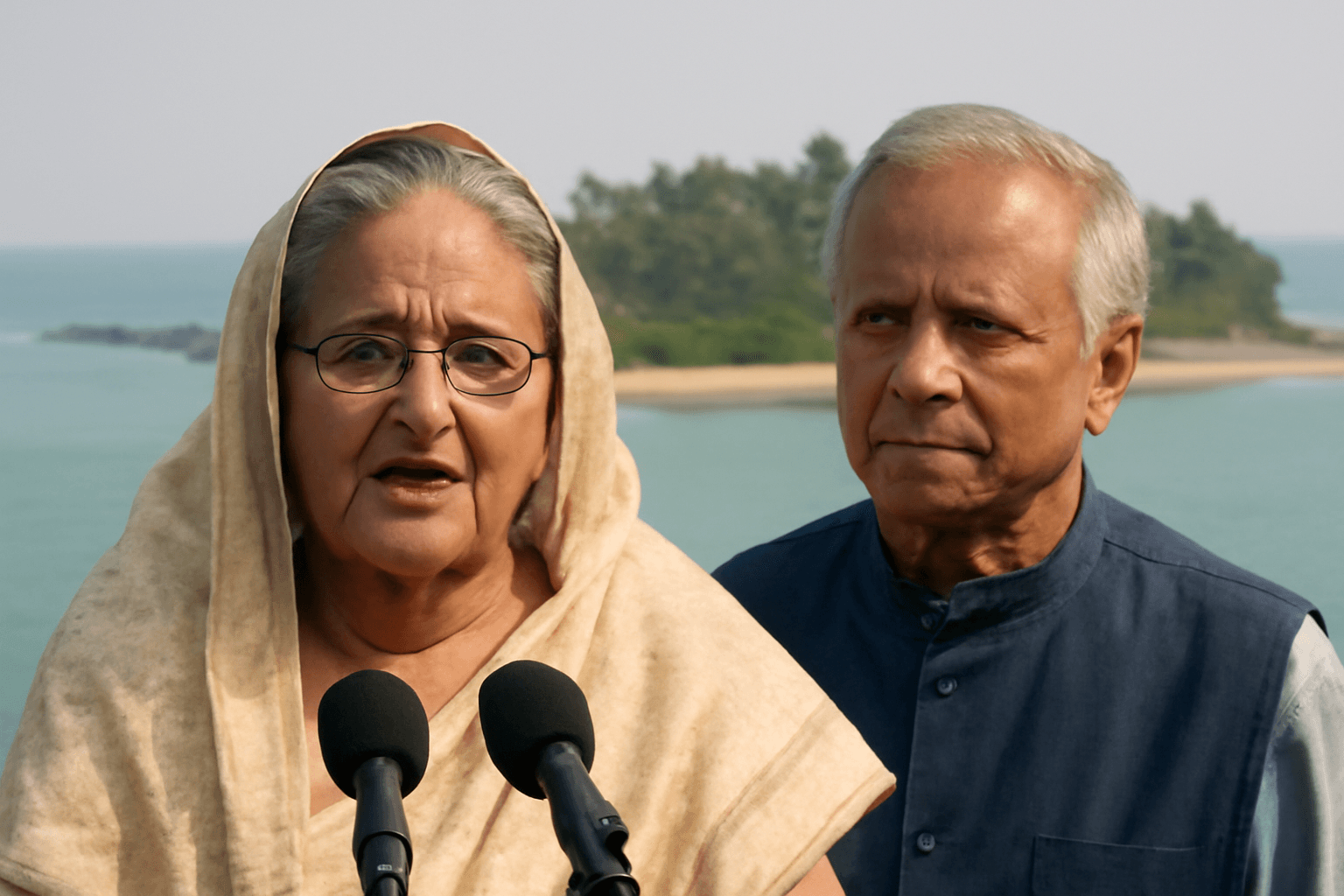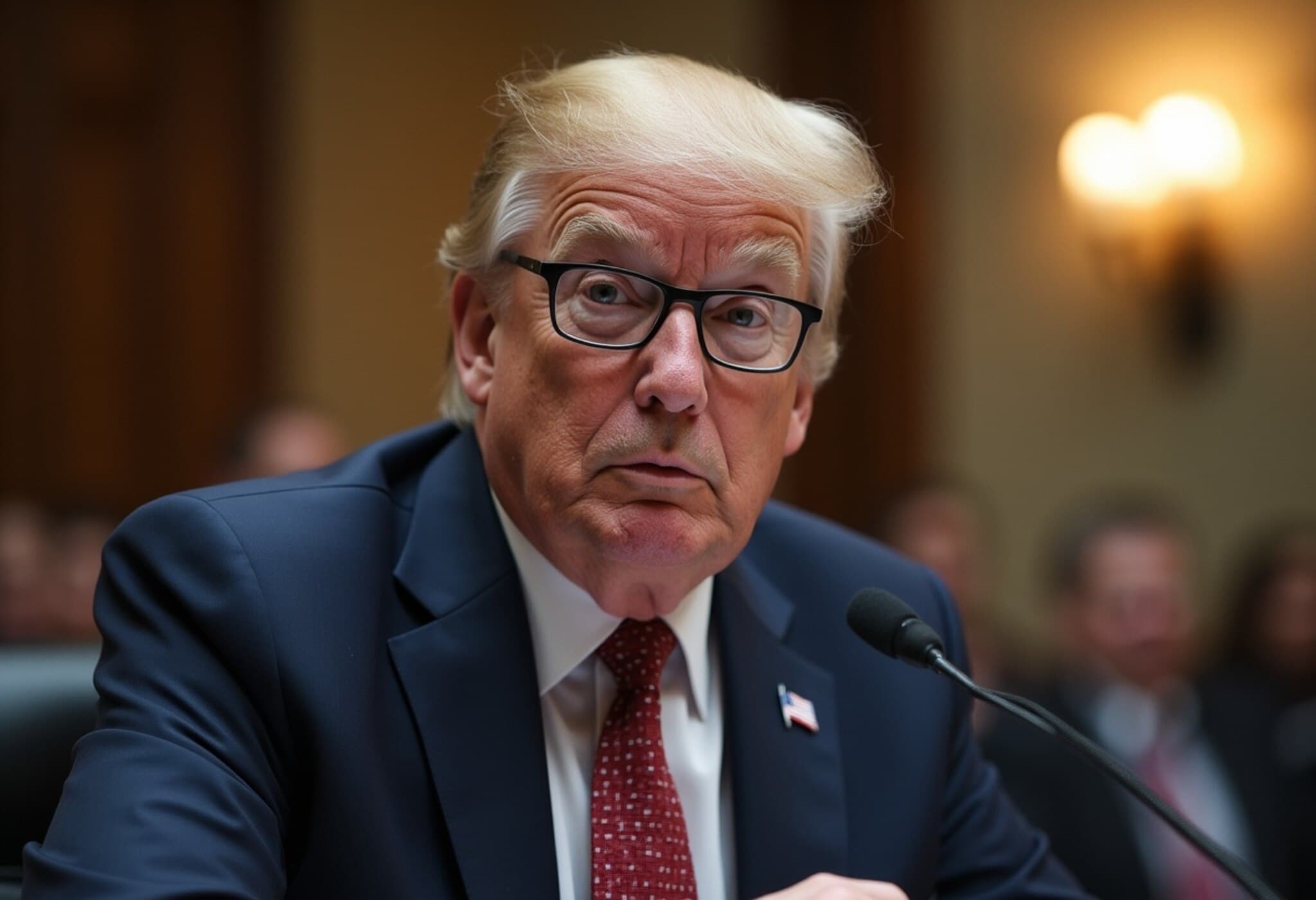Greenland's Unique Stance on Its Vast Mineral Wealth
Greenland, the world's largest island, is known for its impressive reserves of minerals including graphite, gold, copper, nickel, molybdenum, and rare earth elements. Despite this, the island’s government maintains a cautious approach towards extracting these resources, emphasizing a desire to avoid becoming a major mining powerhouse.
Challenging Environment and Infrastructure, But Promising Opportunities
The harsh Arctic climate, isolation, and limited infrastructure pose significant challenges to large-scale mining operations in Greenland. Yet, mining projects are underway, demonstrating that resource extraction is indeed feasible. Greenland’s Minister for Business and Mineral Resources, Naaja Nathanielsen, highlights ongoing ventures and the presence of critical minerals vital for advancing sustainable energy technologies.
Balancing Development with Community Needs
"We are not aiming to become a massive mining country," says Nathanielsen. "Our goal is to maintain around five to ten active mines to provide economic benefits while preserving Greenland’s environment and small population’s lifestyle." With just two active mines currently, this strategy reflects a deliberate effort to balance economic potential with social and environmental responsibility.
Strategic Importance on the Global Stage
Greenland has garnered international attention for its mineral resources, positioning itself as a Western alternative to China's dominance in rare earth elements. A comprehensive survey confirmed the presence of 25 of the 34 minerals classified as critical by the European Union. This unique mineral portfolio underscores Greenland’s global importance in supplying materials essential for clean energy technologies.
Recent Developments in Mining Investment
- Critical Metals Corporation received a letter of interest for a $120 million loan from a U.S. government-backed institution to fund its rare earth mining project.
- Greenland granted a 30-year mining permit for anorthosite extraction to a Danish-French consortium.
These investments highlight growing international interest, alongside the Trump administration’s landmark involvement in overseas mining investment.
Operating Under Strong Regulatory Frameworks
Eldur Olafsson, CEO of mining firm Amaroq, praises Greenland’s geology and regulatory environment. The jurisdiction is built on Nordic legal principles, providing a transparent and stable foundation for mining activities. Greenland’s unique geological history has endowed it with a diverse array of mineral resources, making it an attractive location for mining companies.
The Path Forward: Greenland’s Autonomy and Environmental Commitments
While geopolitical speculation continues, experts believe Greenland’s future economic and political path will be determined by its people, potentially following a trajectory toward independence supported by Nordic countries and global allies.
Greenland places great importance on environmental, social, and governance (ESG) standards, mindful of past mining-related pollution. Maintaining high environmental safeguards is critical to retaining public trust and support for the mining industry.
"Our people support mining because they trust us to uphold strong environmental protections," Nathanielsen emphasizes. This commitment reflects lessons learned and a dedication to sustainable development that respects the island’s fragile ecosystem and local communities.

